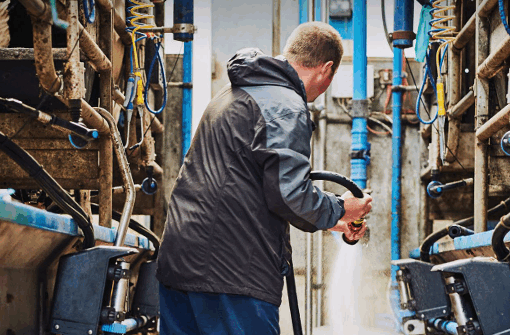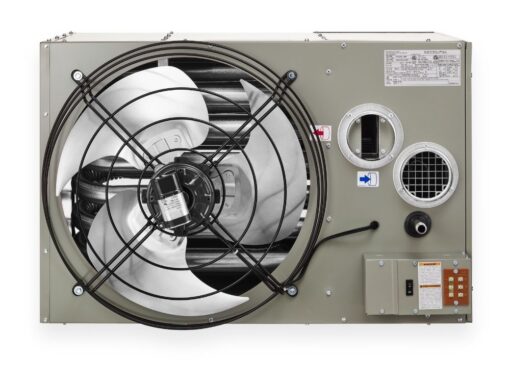Type 1 Flues
Type 1 flues are built to serve solid fuel appliances such as wood burning stoves, coal heaters, or fireplaces. These systems generate extremely high temperatures, along with a large volume of combustible by-products. Because of this, Type 1 flues are constructed to withstand high heat and prevent flammable material from catching fire.
Typically, these flues are installed as part of the building’s structure and must comply with strict fire safety and ventilation codes. Type 1 flues operate under negative pressure, meaning the exhaust gases are drawn up and out naturally through draft. The flue gas temperature usually exceeds 275°F, and since the appliance efficiency is typically below 84%, there is little concern for condensation forming within the venting system.
Type 3 Flues
Type 3 flues are designed for low-heat appliances such as boilers, water heaters, and some commercial heating units. These systems operate at lower temperatures than solid-fuel appliances and cannot handle the same levels of soot or combustible residue. Type 3 flues are commonly used with natural gas or propane appliances and are not suitable for wood or coal.
Unlike Type 1, Type 3 flues operate under positive pressure, meaning the exhaust gases are actively pushed through the flue, often by a fan or blower. These systems must be gas-tight to prevent leakage of harmful flue gases such as Carbon Monoxide, Carbon Dioxide, and Nitrogen Oxides. Because moisture is a by-product of combustion in gas appliances, Type 3 flues may require condensate drains and are often built from corrosion resistant materials to handle moisture.
Typical Flue Gas Temps

Flue Gas Effluents
- Carbon Monoxide (CO)
- Carbon Dioxide (CO2)
- Nitrogen Oxides (NOX)
- Water Vapor (H20)
Operating Characteristics of Type 1 Flues
- Negative Pressure in the Vent
- Temperature of Vent Gas: >275 Deg F
- <84% Efficiency
- No Condensation
- No Gas (air) Tight Vent
- No Corrosion-Resistant Vent (watertight)
- Permitted Vent into Masonry Chimney
- Permitted Combining Vent
- No Condensate Drain
Operating Characteristics of Type 3 Flues
- Positive Pressure in the Vent
- Temperature of Vent Gas: >275 Deg F
- <84% Efficiency
- No Condensation
- Gas (air) Tight Vent
- Possible Corrosion-Resistant Vent (watertight)
- No Vent into Masonry Chimney
- No Combined Venting
- Possible Condensate Drain



